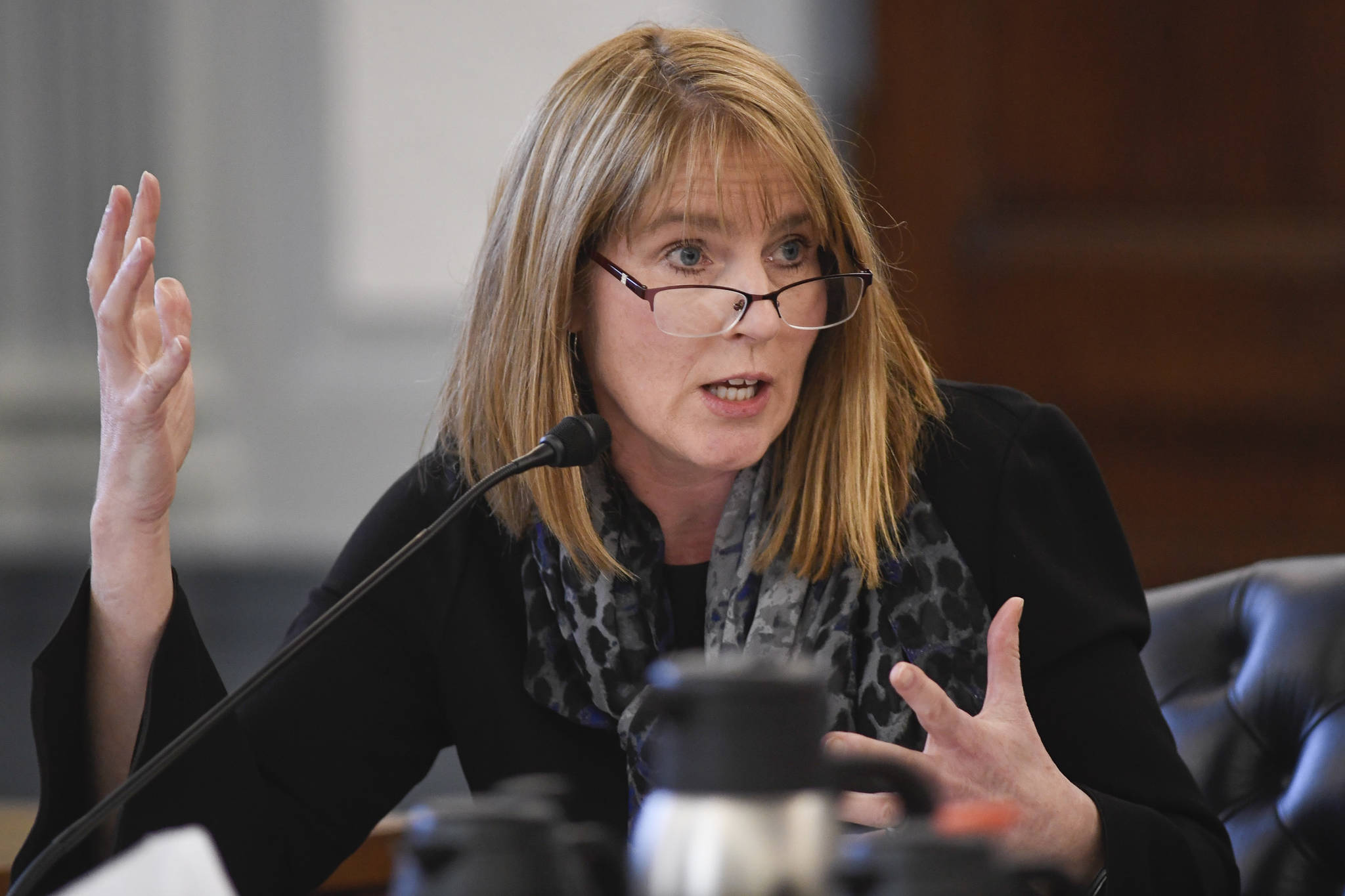The Senate Finance Committee introduced two bills Friday that would cap government spending and establish a 50-50 split between dividends and state expenses from the earnings reserve of the Permanent Fund.
Senate Bill 103 splits revenue from the state’s annual draw of the Permanent Fund’s earnings reserve equally between dividends and state expenses. This bill follows in the footsteps of Senate Bill 26, which passed into law last year.
SB 26 limited the amount the Legislature can pull from the Permanent Fund’s earnings reserve to prevent the government from taking too much from the fund. That bill did not clear up how much of that draw (which is 5.25 percent of the fund’s market value) could go to expenses and how much goes to dividends.
SB 103 seeks to clarify how much of that 5.25 percent can go to state services and how much can go to dividends, so that future dividends are more consistent.
“The Senate is committed to protecting the Permanent Fund and dividends for future generations of Alaskans,” said Sen. Bert Stedman, R-Sitka, co-chair of the Senate Finance Committee, in a press release. “SB 103 creates a revenue limit for government and ensures the dividend program survives by protecting it from being consumed by the operating budget. It draws a line in the sand beyond which the state cannot cross over and take from the dividend.”
[Alaskans weigh cost of protecting PFDs]
Under a 50-50 split, eligible Alaskans would receive approximately $2,340 in their PFD, according to a presentation to the Senate Finance Committee last week.
One of the main themes heard around the Capitol this session is that these budgets and proposals are serving as starting points rather than the final word on the issue. Sen. Natasha von Imhof, R-Anchorage, co-chair of the Senate Finance Committee, characterized SB 103 in the same way.
“SB 103 is a conversation starter,” Von Imhof said in a release from the Senate Finance Committee.
Senate Bill 104, which was also introduced Friday, would cap government spending at $5 billion for the 2021 fiscal year.
“A spending cap gives the Legislature the discipline it needs to keep state spending at a reasonable level from one year to the next,” Von Imhof said in the release.
SB 103 and SB 104 were referred to the Senate Finance Committee where a hearing is scheduled for both bills on Wednesday, April 10.
• Contact reporter Alex McCarthy at amccarthy@juneauempire.com. Follow him on Twitter at @akmccarthy.

